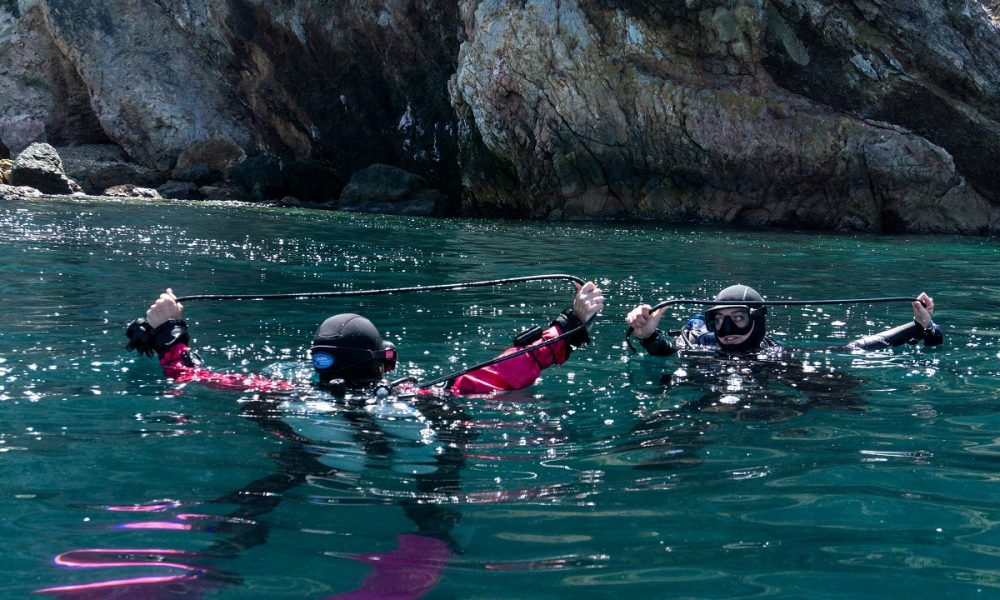Scoring rubrics are often vague for the reason I mentioned above--with too much detailed specificity, they become unusable. Worse than that, the details can mask reality, as I used to demonstrate in presentations by showing how such a clear and objective rubric, seemingly perfectly fine at first glance, could score a terrible performance at the top and a stellar performance at the bottom.Yea, the university where I teach really, really wants marking rubrics and learning outcomes.
Those vague rubrics must be accompanied by what is called a calibration process, in which scorers are trained by scoring previously scored benchmark performances until everyone is on the same page in evaluating performance. That is how, for example, AP assessments are scored, and they achieve 90% inter-rate reliability on a 9-point scale.






